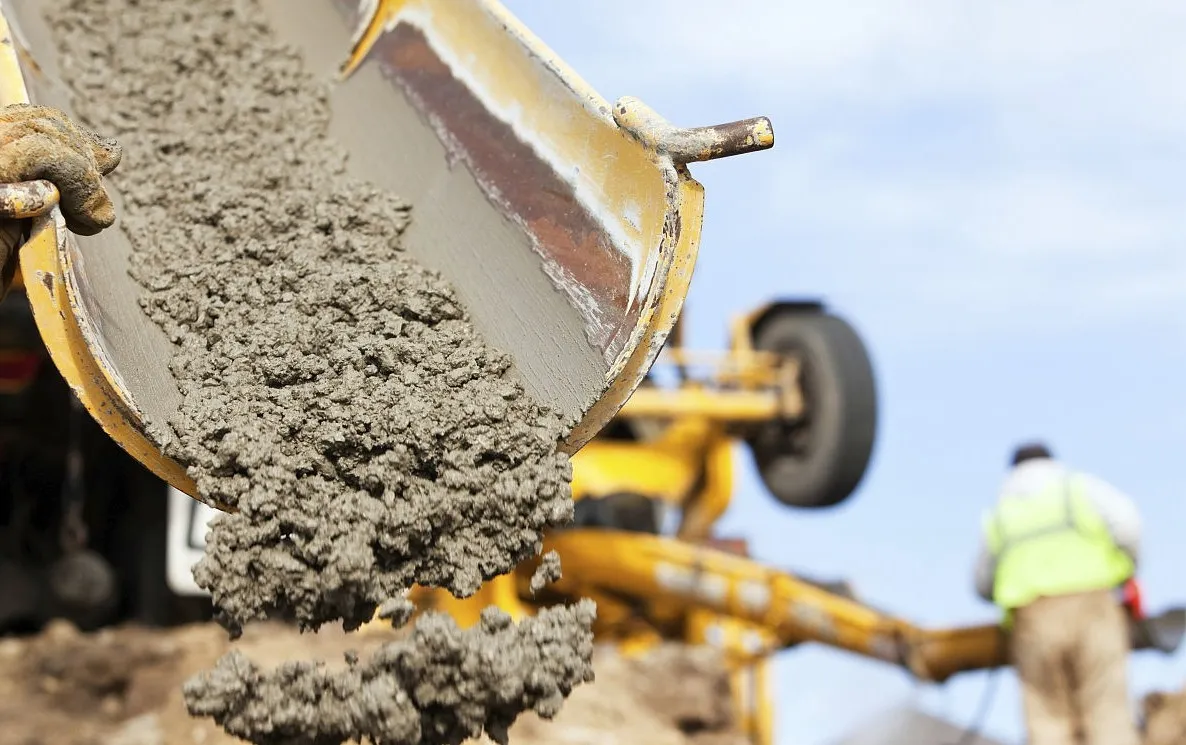
Transforming Concrete Performance with Polycarboxylate Technology
Understanding the Types of Water Reducing Admixtures
Concrete technology has evolved significantly in recent years, with chemical admixtures playing a critical role in improving the quality and performance of concrete structures. Among these, water reducing admixtures in concrete have become indispensable. These admixtures lower the water content needed in a concrete mix, resulting in higher strength, better durability, and improved workability.

There are three primary types of water reducing admixtures:
Mid range water reducing admixture for moderate water reduction and workability in standard mixes.
High range water reducing admixture, also known as superplasticizers, which achieve significant water reduction and enable highly flowable concrete without compromising strength.
Traditional water reducers for low-slump concrete mixes in basic applications.
A key innovation in this field is the polycarboxylate water reducer. These belong to a family of advanced chemical admixtures known for their high efficiency and compatibility with modern concrete technologies.

Polycarboxylate Concrete: The Next Generation of Concrete Admixtures
Polycarboxylate-Based Superplasticizers
Polycarboxylate concrete admixture products are widely used in high-performance and self-consolidating concrete. These admixtures are derived from polycarboxylic ether polymer, which disperses cement particles efficiently and provides exceptional slump retention.
Builders and engineers favor polycarboxylate concrete for large infrastructure projects where high strength and durability are crucial. In addition, the polycarboxylate superplasticizer price has become more competitive, making these advanced admixtures accessible for both large and mid-scale projects.
Cement Water Reducers and Their Role
Using a cement water reducer not only enhances the strength of the final structure but also reduces permeability, shrinkage, and cracking. These concrete additive water reducer superplasticizer products ensure better surface finishes and workability, even with low water-cement ratios.
How Do Water Reducing Admixtures Work?
The science behind these admixtures is fascinating. So, how do water reducing admixtures work? They modify the surface properties of cement particles, causing them to repel each other. This dispersion effect reduces the amount of water needed for lubrication in the mix, leading to a denser and stronger concrete matrix.
While traditional water reducers work by altering surface tension, modern polycarboxylate water reducer admixtures use a combination of electrostatic repulsion and steric hindrance to achieve superior dispersion and flowability.
Advanced Admixtures for Superior Concrete Solutions
From mid range water reducing admixture for everyday projects to high range water reducing admixture for high-rise buildings and bridges, water reducers are revolutionizing concrete design. The introduction of polycarboxylate concrete admixture technologies marks a turning point for sustainable and high-performance construction.
Whether you’re looking at cement water reducer products for better strength or exploring the polycarboxylate superplasticizer price for large-scale applications, understanding the role of these admixtures ensures optimized concrete mixes for every need.
FAQs About Water Reducing Admixtures
What are the main types of water reducing admixtures?
The main types of water reducing admixturesare low-range, mid-range, and high-range (superplasticizers), each designed for different levels of water reduction and concrete performance.
How does a polycarboxylate water reducer improve concrete?
A polycarboxylate water reducerenhances workability, reduces water demand, increases strength, and improves durability in high-performance concrete applications.
What is the difference between mid range and high range water reducing admixtures?
Mid range water reducing admixtureoffers moderate water reduction for general construction, while high range water reducing admixture enables highly flowable mixes suitable for complex formworks and SCC (Self-Consolidating Concrete).
How do water reducing admixtures work in concrete?
Water reducing admixtures in concretedisperse cement particles, lowering water demand and creating a denser matrix that improves strength and durability.
What affects the polycarboxylate superplasticizer price?
The polycarboxylate superplasticizer pricedepends on factors like polymer type, molecular structure, and the specific performance requirements of the concrete mix.
-
Hydroxypropyl Starch as a Sustainable Construction AdditiveNewsNov.24,2025
-
The Gelation Properties of CMCNewsNov.21,2025
-
Redispersible Latex Powder and Water Retention CapacityNewsNov.21,2025
-
Dosage Control for Polycarboxylate Water ReducerNewsNov.21,2025
-
Film-Forming Properties of Polyvinyl AlcoholNewsNov.21,2025
-
The Function of Gypsum Additives in MortarNewsNov.21,2025





















